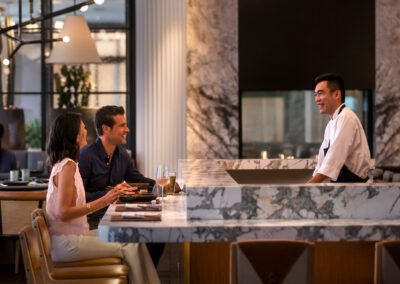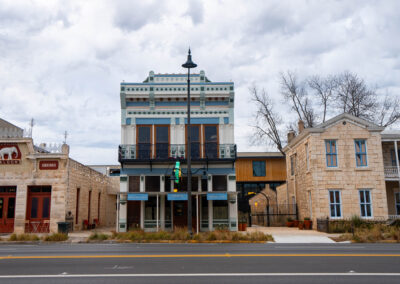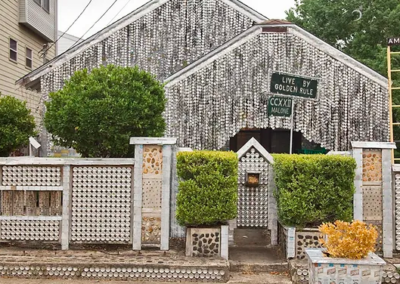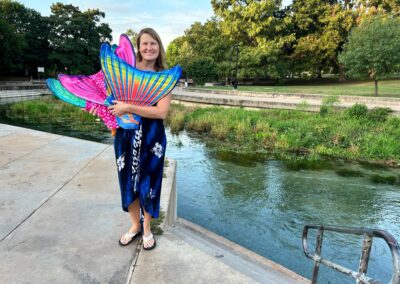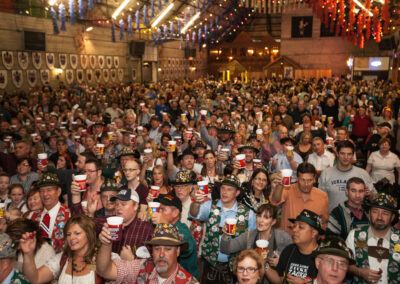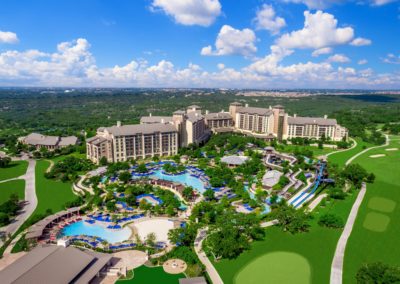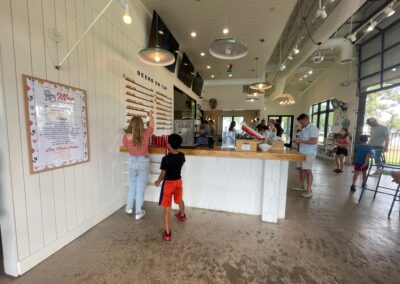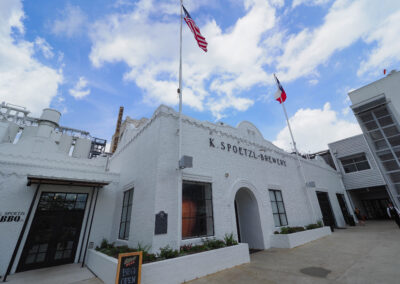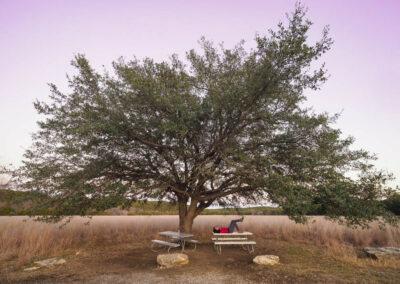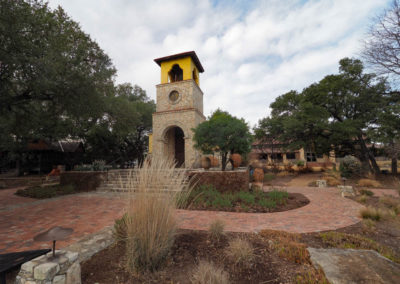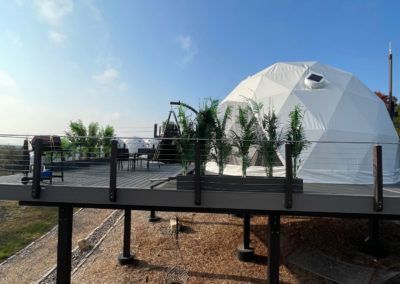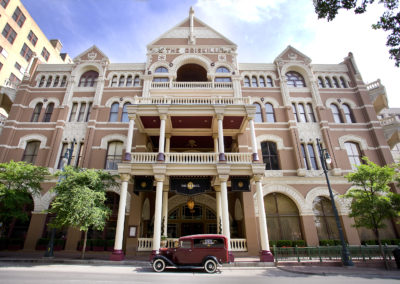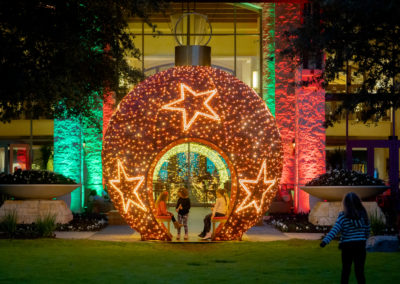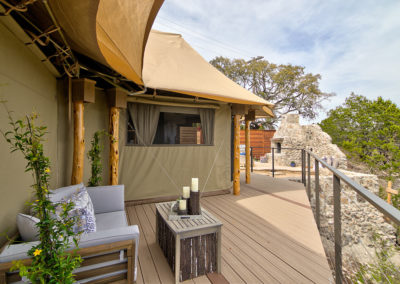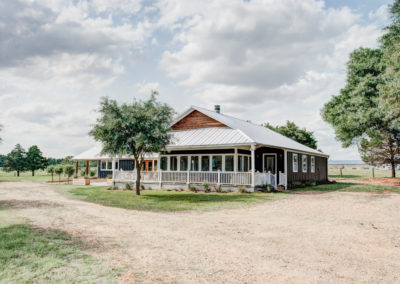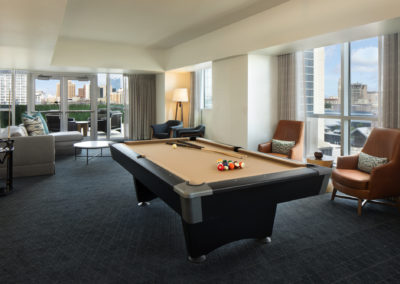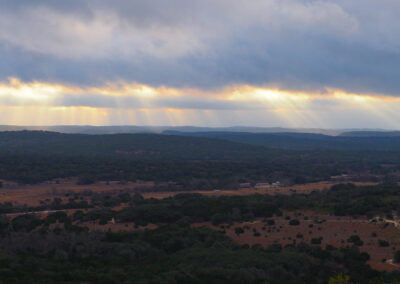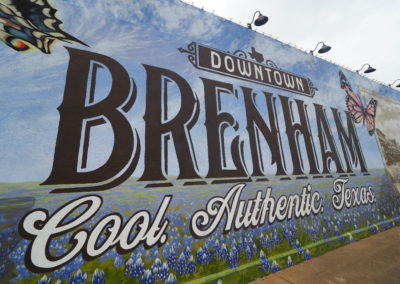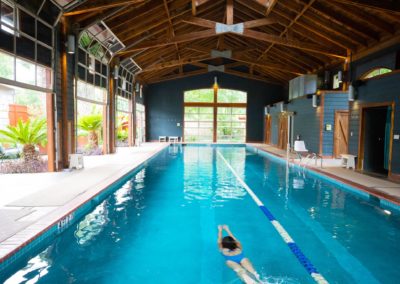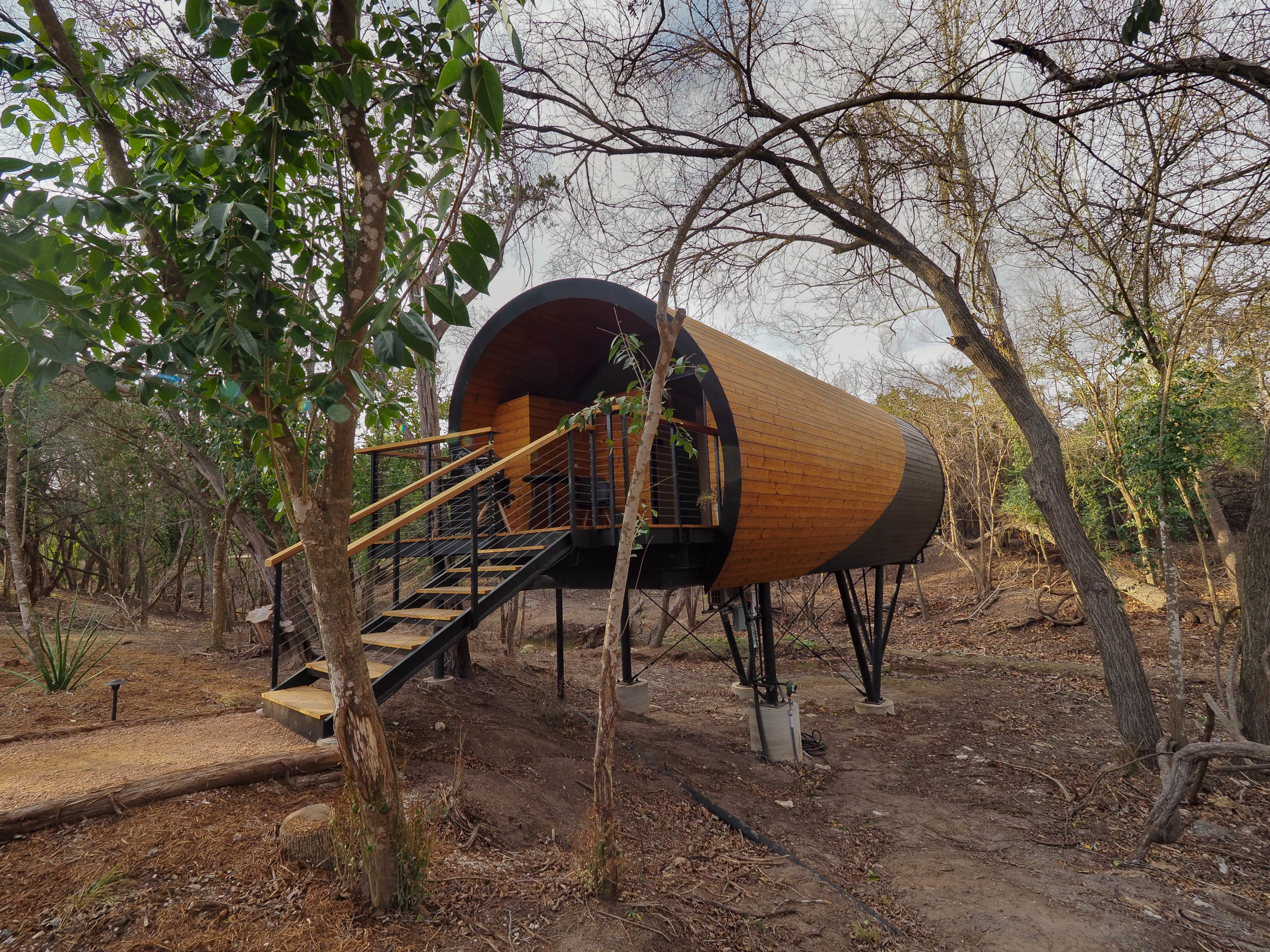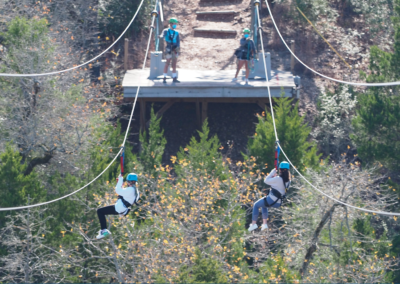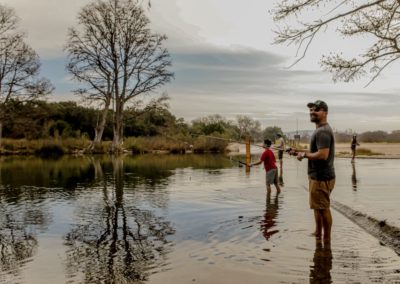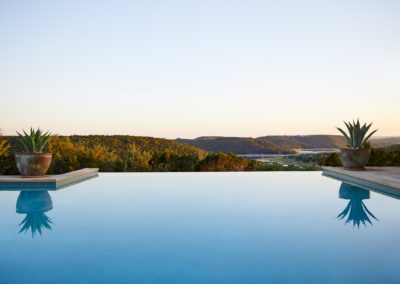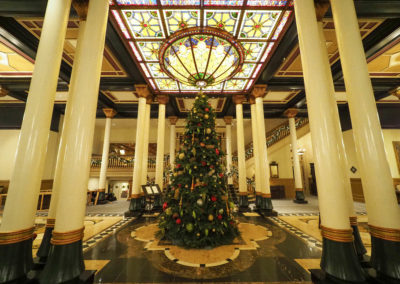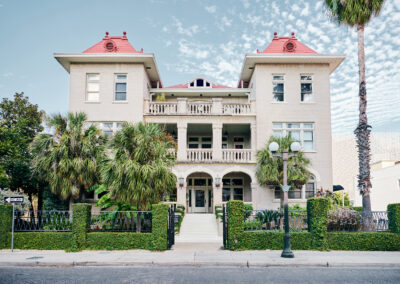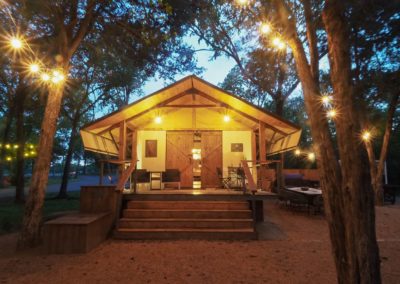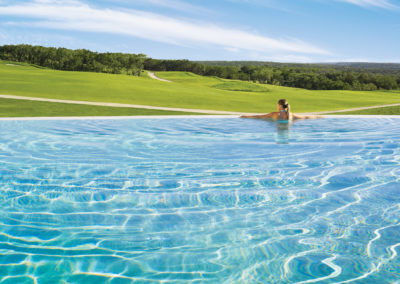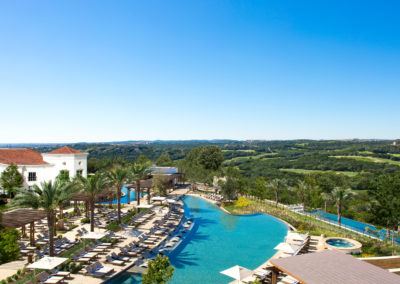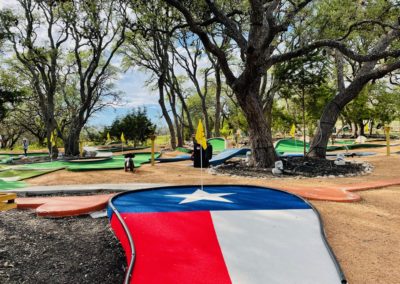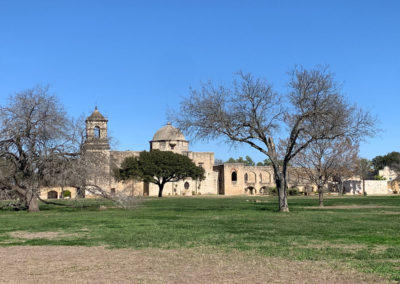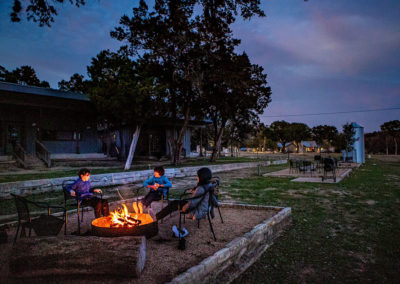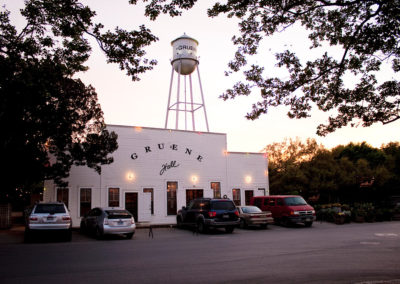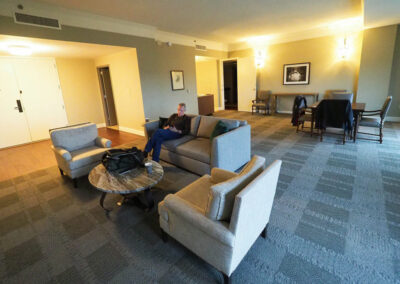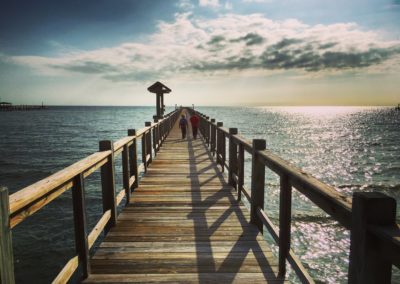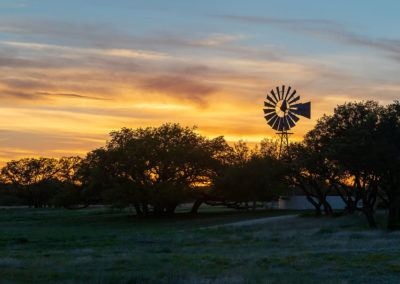At a time when I find myself describing the most inviting cities in the United States with sentences that include identical nouns (galleries, distilleries, breweries, parks) and adjectives (trendy, hip, sustainable, farm-to-fork), I sometimes lament the fact that our country — even our world — has so much sameness and homogeneity. In truth, what propels me to travel is not for comfort or uniformity. I travel to encounter something unique.
RELATED: 24 hours in San Antonio’s historic Pearl district
That’s why each time I return to San Antonio, where I once lived briefly, I celebrate its fearlessness and authenticity. Enlivened by its river that runs through it, renowned for its serpentine Paseo del Rio (a network of venue-accessing waterside sidewalks), its UNESCO-listed, 18th-century Spanish missions and its deep commitment to the arts, this city stands alone in its courageous desire to embrace its true self. Created from a fusion fashioned by its profoundly rich Mexican culture (the legacy of generations of Mexican ranchers), its cadre of bygone cattlemen and oilmen and a layer of Old West bravado, not to mention those 19th-century German immigrants who brought beer-making skills, San Antonio has a culture that also draws from its history of indigenous people, Spanish colonists, frontier settlers and folkloric characters galore who span the centuries. With restored historic neighborhoods, breathtaking museums, rising chefs and its piece-de-resistance, The Pearl, a wholly unique entertainment district ensconced amongst the grounds of a 19th-century brewhouse, the Alamo City gets better every day.

Hotel Havana offers a home away from home in San Antonio. Contributed by Hotel Havana
Hotel Havana
Luscious Hotel Havana gets it. It loves San Antonio for its profound eccentricities. “San Antonio is the birthplace of barbed wire, Texas longhorn cattle, Teddy Roosevelt’s Rough Riders and many other national treasures,” it boasts on its website, underscoring Havana’s clear homage to the city’s mythic culture. Operated by Bunkhouse group, this stunning hotel with historic building status occupies a restored Mediterranean Revival mansion on the Museum Reach portion of the River Walk. Kitted out with dark woods, chandeliers, Smeg fridges and moody velvet furnishings, rooms evoke pre-Castro Havana, according to the original wishes of the hotel’s creator, Edward Franz Melcher, a local grocer who first opened the hostelry in 1914 to summon Havana-esque pizzazz in the River City. Re-envisioned by Bunkhouse group, the hotel reopened in 2010 with 27 rooms, each more inviting than the next. Highlights include the cellar-sited bar, with its speakeasy vibe and Ocho, its interior-style pan-Latin American restaurant.
The Thompson San Antonio
With a bedazzling collection of contemporary art (think: an original red “Balloon Dog” sculpture by Jeff Koons and an immense wood-comprised wall sculpture by Koray Akay), the wholly sleek Thompson San Antonio answers the historic city’s hunger for an urbane hotel. There are 162 glamorous, somewhat masculine, guest rooms and suites that fill the 20-floor modern tower, an apropos reference to blocky, mid-century brutalist architecture. Guests with a penchant to immerse into the surrounding arts district will swoon over the views from the terraces of chic Moon’s Daughters bar on the top floor, where locals and guests socialize. Swimmers who love a buzzy pool can claim a spot on the fourth-floor pool terrace, edged by cabanas. And the spa offers treatment rooms with jaw-dropping vistas. Splurge on the Penthouse Suite, which tempts with a centerpiece pool table. Note for dog owners: Pooches are warmly welcomed with no additional fee.

The Thompson Hotel in San Antonio offers sophistication and solace. Contributed by The Thompson Hotel
Hotel Emma
Wunderkammer (cabinets of curiosities) emerged in mid-16th-century Europe as storehouses of fascinating exotica, treasures and collected objects of all sorts — from gilded artwork to fossils. These cabinets came together as baroque treasuries, which defined the collector, while awaking inquiry and awe in viewers. To me, Hotel Emma reigns as the ultimate wunderkammer. Ingeniously configured on the River Walk, within the remains of a 19th-century brewhouse, the boutique five-star hotel overflows with industrial artifacts, architectural wonders, Old West references, first-rate art and Mexican cultural features (visit during Day of the Dead festivities for an enchanting treat.) Be pampered with Frette linen sheets, guayabera seersucker robes, claw-foot tubs, eye-catching nooks (such as the 37,000-book-abundant, bi-level library where welcome cocktails are imbibed), “ice boxes” (rather than mini-bars) with regional treats and a happening pool overlooking the rooftops. All around, references to the past keep things historical, albeit with “Steampunk” elan: beer vats in the ballroom, fermentation tanks re-imagined as banquettes in the Sternewirth Bar, and a red ammonia compressor, as fetching as installation artwork, in the lobby. Don’t miss a meal at Supper, a Chef John Brand-helmed eatery.
Get artsy
McNay Art Museum, which began as visionary oil heiress Marion Koogler McNay’s private collection, entrances. Considered the Gertrude Stein of San Antonio, McNay bought her first painting, Diego Rivera’s “Delfina Flores,” in 1927, then expanded her galleries to hold works by many of the world’s most famous (then emerging) artists. Think: Dufy, Picasso, Calder, Hopper, Monet, de Kooning, Giacometti and more. View 20,000 masterworks shown on a revolving basis in the 23-room, Italianate mansion built to display them.
RELATED: Birthday bliss at the JW San Antonio Hill Country Resort
Pedal power
After breakfast at the iconic Mi Tierra Cafe, procure a B-cycle bike from the various kiosks located throughout the downtown area. Begin at the Alamo for the cursory Instagram shot. Then, follow the Mission Reach Trail, an out-and-back bike path that winds through pecan groves and meadows to connect all five renowned missions (The Alamo, Mission Concepcion, Mission San Jose, Mission San Juan, and Mission Espada). Be sure to enjoy the King William Historic District, an enclave of nationally registered 1800s-era homes, as well as unspoiled expanses of nature along the way.








